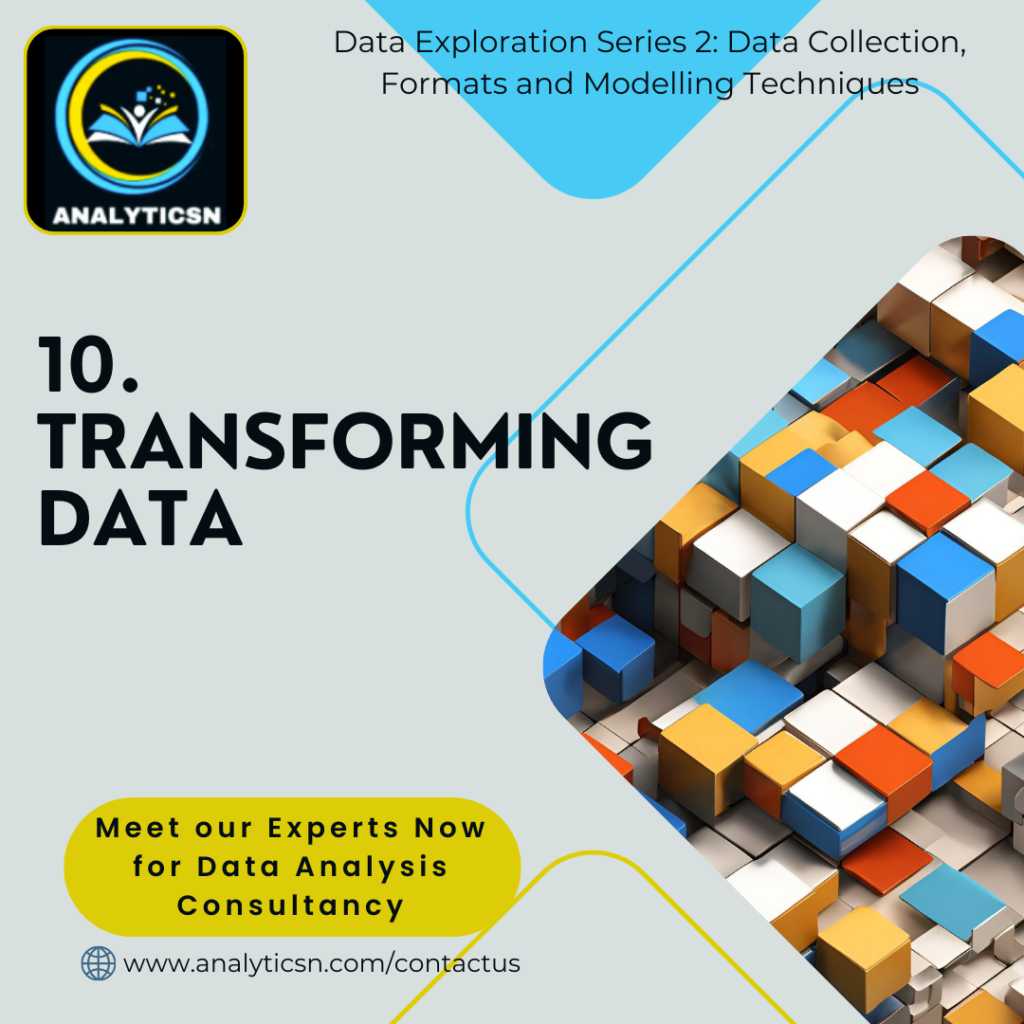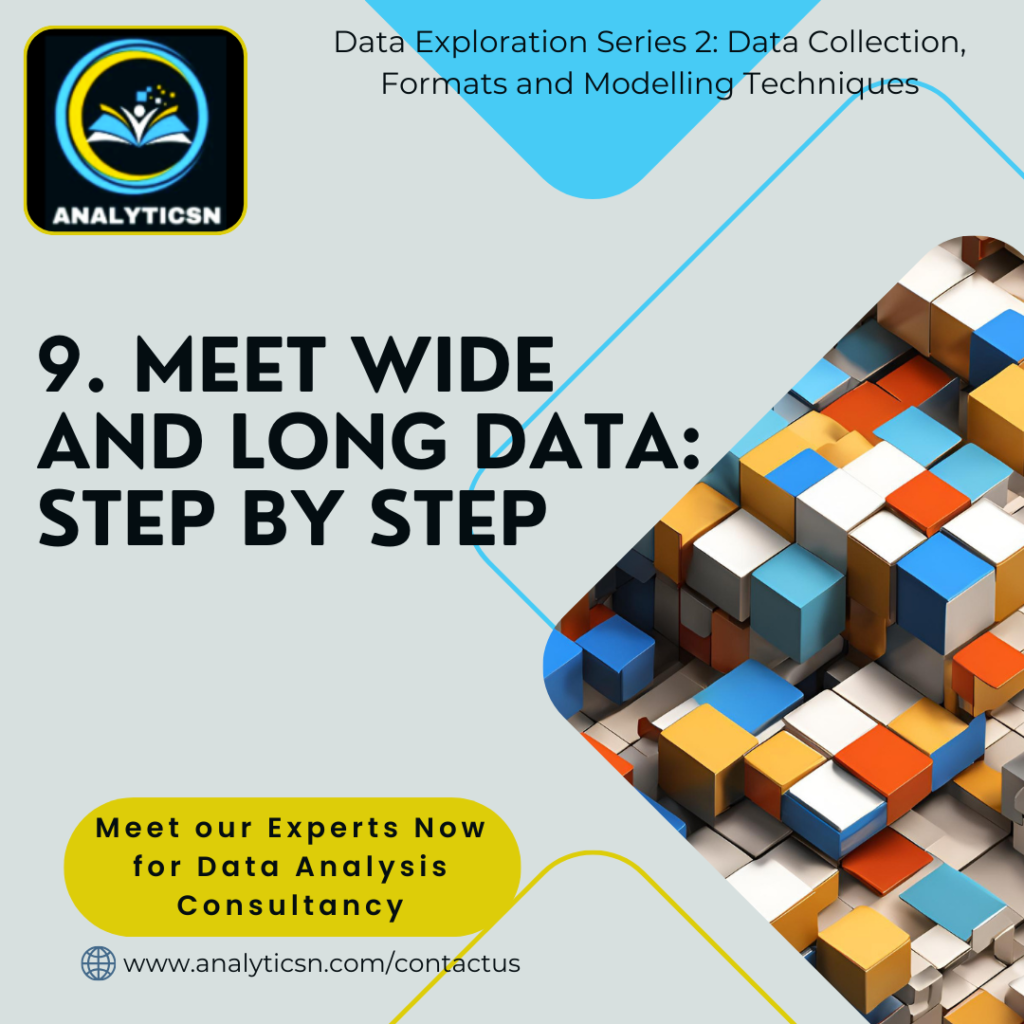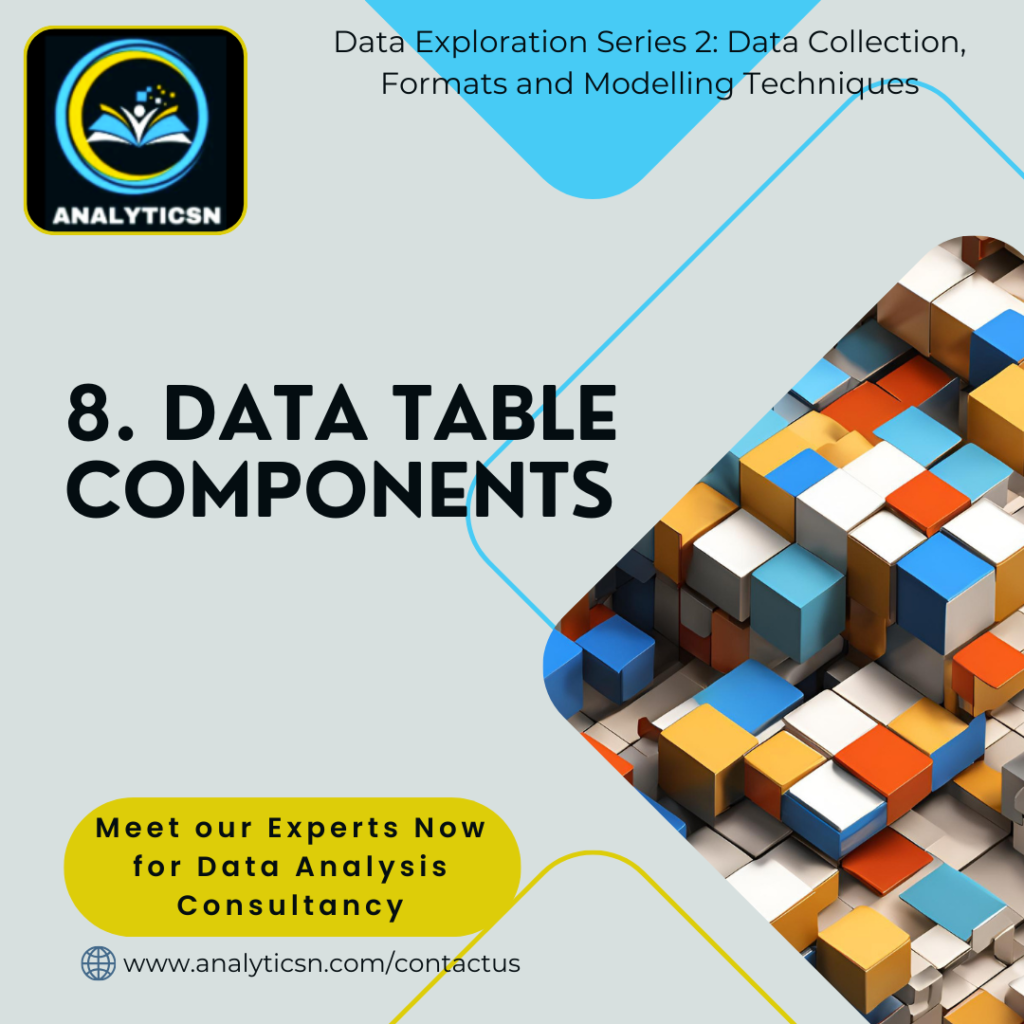
Informed Decision-Making: Data analysis reveals important patterns and insights, enabling more informed and accurate decision-making in Data Analytics
Optimization and Efficiency: Data helps organizations optimize processes, such as Google reducing energy consumption in data centers by over 40% through data analysis.
Enhanced Problem-Solving: With the vast amount of data available, organizations can tackle larger problems and develop more powerful solutions.
Turning Data into Knowledge: By interpreting and contextualizing data, it can be transformed into actionable knowledge, empowering more effective decisions.
Definition and Importance of Data:
- Data is a collection of facts, and data analysis reveals important patterns and insights.
- Data analysis helps make more informed decisions.
Data in Decision-Making:
- Data-driven decisions: Use data directly to make decisions.
- Data-inspired decisions: Explore different data sources to find commonalities.
Real-Life Example:
- Searching for “restaurants near me” and sorting by rating is an example of using data for decision-making.
Google’s Use of Data:
- Google uses data to reduce energy consumption in data centers by over 40%.
- Google’s People Operations team uses data to improve hiring processes, ensuring smooth onboarding and efficient candidate selection.
Data Generation:
- 90% of the world’s data has been created in the last few years, showing the vast potential of data.
Turning Data into Knowledge:
- Data alone provides little value until it’s interpreted and given context, turning it into useful information and eventually knowledge.
Limitations of Data Analytics:
- Challenges include not having access to all necessary data or data being measured differently, which can complicate analysis.
Role of Data Analysts:
- Data analysts are crucial in providing businesses with information needed to solve problems and make decisions.
More Articles

10. A Secret to Data Transformation
What is data transformation? A woman presenting data, a hand holding a medal, two people chatting, a ship’s wheel being...
Learn More >

